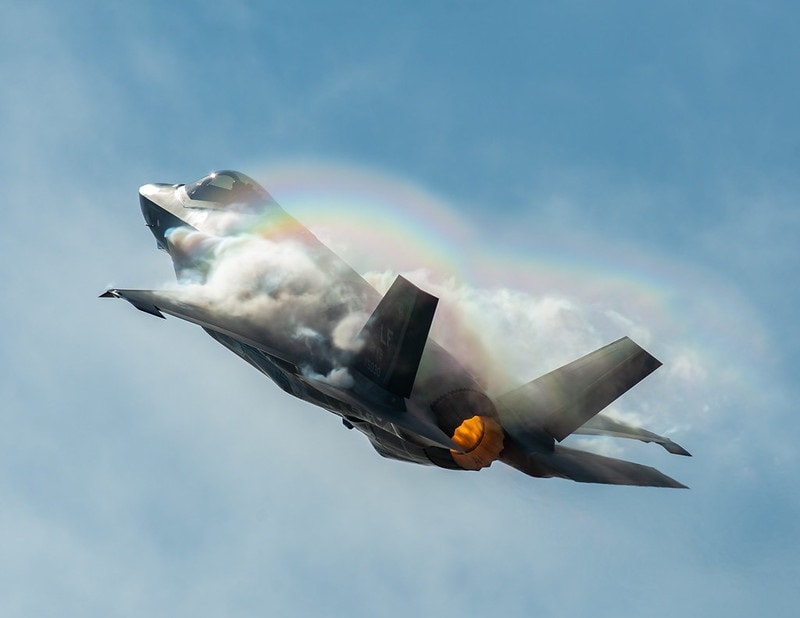NGAD: The Next Generation Air Dominance Has Reached the Development Phase – The United States Air Force’s sixth-generation fighter has continued to take shape, and it was reported this week that the Next Generation Air Dominance (NGAD) program has entered the critical engineering, manufacturing, and development (EMD) phase. The highly classified fighter program began early experimental prototyping in 2015 and has been making steady progress.
“We have now started an [engineering, manufacturing and development] program to do the development aircraft that we’ll take into production,” Air Force Secretary Frank Kendall said during an event at the Heritage Foundation. “We think we’ll have the capability by the end of the decade.”
However, due to the classified nature of the design efforts, the Air Force’s top civilian official could provide few details about the manned sixth-generation fighter, which is expected to be the centerpiece of the NGAD family of systems. What has been publicly acknowledged about the aircraft is that it will be equipped with a variety of new weapons and sensors; and that it will be supported by a variety of drones – so-called “Loyal Wingmen.”
The Air Force had flown a prototype version of the NGAD fighter in 2020 but disclosed little information about the aircraft or even its manufacturer.
“What we did was an experimental prototype,” Kendall said. “We basically had an X plane program which was designed to reduce the risk of some of the key technologies that we would need for a production program.”
On Track to Late 2020’s IOC
Kendall also confirmed this week that the development of the NGAD is more than the manned jet, which is the central component, but that it will include “systems of systems” of aircraft, weapons, and sensors. The goal of the program has been to field the new aircraft and other systems by the late 2020s.
“The clock really didn’t start in 2015; it’s starting roughly now,” Kendall continued. “We think we’ll have capability by the end of the decade.”
It typically can take the United States Air Force’s acquisition programs about seven years to reach initial operating capability (IOC) from the beginning of the EMD phase, Defense News reported.
Costly Endeavor
The NGAD is also on track to become the most expensive aircraft program in history, and Kendall had even told lawmakers in April that each of the piloted sixth-generation aircraft would likely cost several hundred million dollars.
“The key to NGADs success is to ensure costs are in line with expectations and that Washington is getting value for the deficit dollars it will surely be spending,” explained Harry J. Kazianis, President and CEO of the Rogue States Project. “What the U.S. Air Force needs to do is manage the narrative of the project now before it reaches the wider public consciousness. They need to explain that, yes, this will be expensive and be transparent about it. However, that cost is balanced by the capabilities it will bring to the table as well as that it can take on Russia and China in any future conflict.”
The Air Force has already gone to Capitol Hill to ask lawmakers for about $1.7 billion to fund the NGAD program in its fiscal year 2023 (FY23) budget. That included $133 million for research, development, testing and evaluation funding.
Kendal has also been clear that he expects the Air Force’s acquisition programs to move more quickly to the production stage, and in his remarks this week, he suggested past development efforts have been too slow.
“I’m not interested in demos and experiments unless they are a necessary step on the road to real capability,” Kendall said. “What we tend to do is do a quick demo, and then we have to start an EMD or development program and wait several more years, because we didn’t start the developmental function. If we don’t need it to reduce risk, we should go right to development for production and get there as quickly as we can.”
Now a Senior Editor for 1945, Peter Suciu is a Michigan-based writer who has contributed to more than four dozen magazines, newspapers and websites. He regularly writes about military hardware, and is the author of several books on military headgear including A Gallery of Military Headdress, which is available on Amazon.com. Peter is also a Contributing Writer for Forbes.

